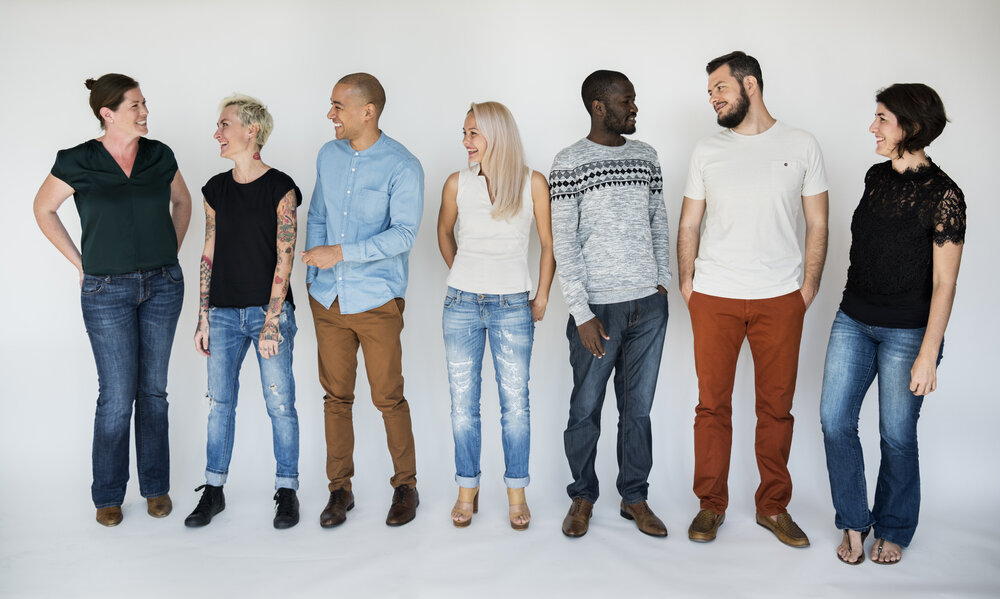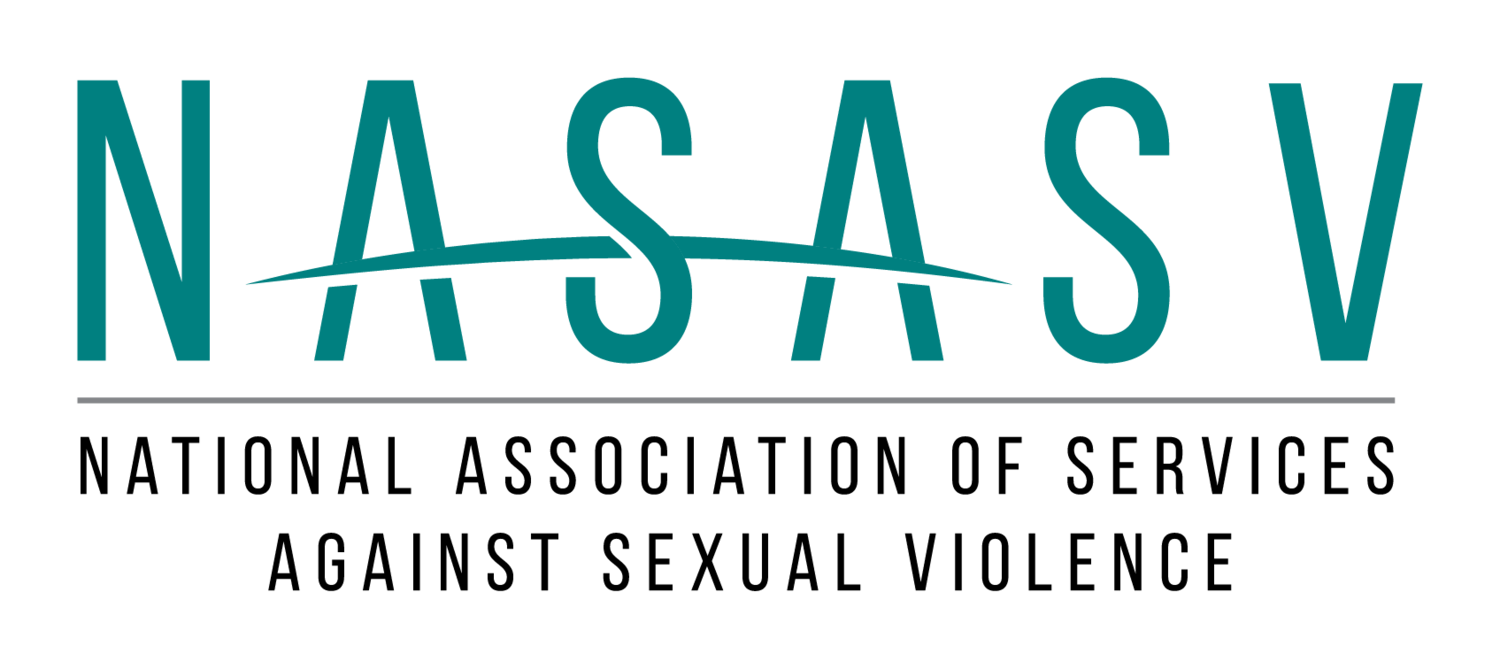
Sexual Violence
Statistics in Australia
1 in 6 women and 1 in 25 men
have experienced at least 1 sexual assault since the age of 15 (PSS, 2016)
During 2018-19, 97% if sexual assault offenders recorded by police were male (AIHW, 2020)
Sexual assault victimisation recorded by police for Australians aged 15 and over increased by more than 30% (based on ABS, 2019)
Sexual Violence is a Gendered Issue
One in Six women will experience some form of sexual abuse in their lifetime.

Types of Sexual Violence
Click + to expand
+ Sexual Assault
Sexual assault is described as an unwanted and non-consensual act of a sexual nature forced upon a person, either by physical force, intimidation or coercion, or an attempt is made to do this act. Sexual assault includes attempted rape and rape, aggravated sexual assault (with a weapon), as well as non-consensual acts that do not involve penetration such as groping, touching, and forcing someone to watch or perform a sexual act. Sexual assault also includes when a person is unable to provide consent, for example if affected by drugs or alcohol, underage or intellectually unable to give consent.
• Please check your state legislation for correct definitions and types of offenses
+ Child Sexual Abuse
Child sexual abuse is any type of sexual activity, ranging from fondling to intercourse, performed on a child by an individual who is older and in a position of power or authority. Child sexual abuse also includes grooming and the production, consumption, dissemination and exchange of child sexual exploitation materials. Statutory definitions of child sexual abuse can be found here.
Users should check the relevant legislation of their state to be sure there have been no changes since the release of this publication.
+ Child Sexual Exploitation
Child sexual exploitation is a form of sexual abuse where a child is manipulated or coerced to participate in a sexual activity in exchange for, or on the promise of, rewards by the offender. These rewards may include affection, attention, gifts, food, accommodation, material items or money.
Child sexual exploitation can occur in person or online, and sometimes the child or young person may not even realise it is occurring. It can also include the production, consumption, distribution and exchange of child sexual exploitation materials.
+ Youth Sexual Violence and Abuse
The State of Queensland (2017) provides a definition of youth sexual violence and abuse as “sexual contact between persons where either the perpetrator or the victim is under 18 years of age and where such contact is non-consensual, violent or illegal.”
Such contact is non-consensual if either person under 16 or lacks the capacity to consent, or if a situation of imbalance of power exists, and if there is the presence of a threat or coercion to either person
+ Sexual Harassment
Sexual harassment is defined as any unwelcome sexual advance, sexual favours or other unwelcome conduct of a sexual nature which makes a person feel offended, humiliated and/or intimidated, where it is reasonable to expect the person might feel that way.
Examples of sexually harassing behaviour include:
- unwelcome touching
- staring or leering
- suggestive comments, remarks or jokes
- unwanted invitations to go out on dates
- uninvited sexual propositions
- requests for sex
- intrusive questions about a person's private life or body
- unnecessary familiarity, such as deliberately brushing up against a person
- sexually explicit physical contact
- sexually explicit pictures or posters
- sexually explicit emails or SMS text messages
The Sex Discrimination Act 1984 (Cth) defines the nature and circumstances in which sexual harassment is unlawful. It is also unlawful for a person to be victimised for making, or proposing to make, a complaint of sexual harassment to the Human Rights and Equal Opportunity Commission.
+ Technology-facilitated sexual violence (TFSV)
TFSV refers to a range of unwanted sexual behaviours communicated and transmitted through digital means. This can include online/digital harassment, coercive sex-based communications, and sexuality-based harassment.
Examples of TFSV include:
- unwanted texting
- cyberstalking using mobile phones and social media technology
- harassing and repetitive text messages or phone calls of a sexual nature
- using technology to record sexual activity without consent
- Creating fake sexual images or videos
- Sharing sexual images or video without consent or those involved, often called image-based abuse
+ Intimate partner sexual violence (IPSV)
IPSV refers to the perpetration of sexual acts without consent within an intimate relationship, for example marriage, defacto relationship or dating).
It is also known as marital rape, sexual coercion, date rape or violence, and intimate sexual violence. IPSV is significant within domestic and family violence and is often perpetrated alongside other forms of abuse. It may involve physical force or psychological or emotional coercion and intimidation, unwanted sexual acts, and tactics to control reproduction.
+ Drug Facilitated Sexual Assault (DFSA)
DFSA involves behaviour by a perpetrator towards an individual who are unable to provide sexual consent due to the disability produced by the effects of alcohol and drugs, whether voluntarily or involuntarily (Prego-Meleiro et al., 2020).
Alcohol and drugs make it easier for a perpetrator to commit sexual assault because they lower inhibitions, reduce a person’s ability to resist, and can prevent them from remembering details of the assault.
The Effects of Sexual Violence
Sexual violence can cause devastating effects in the physical and mental wellbeing of those who experience it, in the short and long term.
Some examples include:
unwanted pregnancy
sexually transmitted infections
Post-Traumatic Stress Disorder (PTSD) and flashbacks
disassociation
panic attaches
substance abuse and addiction
suicide
sleep disorders
Each person reacts to sexual violence in their own way. Some may express their emotions while others keep their feelings to themselves. Some people may not tell anyone what has occurred for weeks or months. It doesn’t matter if an assault occurred or was attempted, recent or happened many years ago, it may impact the person’s daily functioning.
A range of specialist sexual assault services are available to assist people who experience sexual violence. These services have trained staff who respect each person’s choices and coping styles following such a traumatic event. Getting the right help is important to start the healing process and specialist sexual assault service provide that safe space.
To contact an organisation for help please go to our Australian Sexual Assault Services Directory on this website.
Please click on the state or territory you reside in and find your local service. Crisis phone lines are also available, should you not have a service near where you live.
Sexual Violence Prevention
Sexual Violence can be prevented. The majority of prevention work in sexual violence is informed by a public health framework and literature from research on social determinants of health and wellbeing, and risk and protective factors. A comprehensive approach with preventive interventions at multiple levels across the ecological model; individual, relationship, community and society are required to make change and have population level impact.
The literature and evidence base on prevention of sexual violence is less developed than other types of violence. It is critical that all practitioners in this space work with the evidence that does exist and focus on the strategies and approaches that are most likely to impact sexual violence. This includes a focus on preventing sexual violence from occurring in the first place and approaches to lessen the immediate and long-term harm of sexual violence.
This prevention framework views prevention across three levels, primary, secondary and tertiary.
Examples of sexual violence prevention across all levels include:
Education for children, young people and adults to form healthy and respectful relationships, recognise sexual assault and respond effectively
Ensuring organisations, businesses and institutions are “Child Safe” and adhere to the Child Safe Principles
Provide guidance to health sector workers to improve recognition of factors impacting sexual safety of clients
Providing online education around cyberbullying, online image abuse, pornographic and sexting
Awareness community and/or media campaigns that focus on social norms that support gender equity and non-acceptance of violence
Bystander interventions that enable community members to recognise and intervene in situations where sexual assault may occur
Campaign that mobilises men and boys as allies in sexual violence prevention
Workplace sexual harassment policies and training
Empowerment training for young women to reduce risk for victimisation
Provide therapeutic services for children and young people with harmful sexual behaviours
Recent sexual violence papers and reports:
Australia’s National Research Organisation for Women’s Safety. (2020). Good practice in responding to young people with harmful sexual behaviours: Key findings and future directions (Research to policy and practice, 18/2020). Sydney: ANROWS.
Australia’s National Research Organisation for Women’s Safety. (2019). Intimate partner sexual violence: Research synthesis (2nd Ed.; ANROWS Insights, 08/2019). Sydney, NSW: ANROWS.
Webster, K., Diemer, K., Honey, N., Mannix, S., Mickle, J., Morgan, J., Parkes, A., Politoff, V., Powell, A., Stubbs, J., & Ward, A. (2018). Australians’ attitudes to violence against women and gender equality. Findings from the 2017 National Community Attitudes towards Violence against Women Survey (NCAS) (Research report, 03/2018). Sydney, NSW: ANROWS.
Stathopoulos, M., & Jenkinson, R. (2016). Establishing the Connection: Interventions linking service responses for sexual assault with drug or alcohol use/abuse: Final report (ANROWS Horizons, 02/2016). Sydney: ANROWS.
Cox, P. (2015). Sexual assault and domestic violence in the context of co-occurrence and re-victimisation: State of knowledge paper (ANROWS Landscapes, 13/2015). Sydney, NSW: ANROWS.



